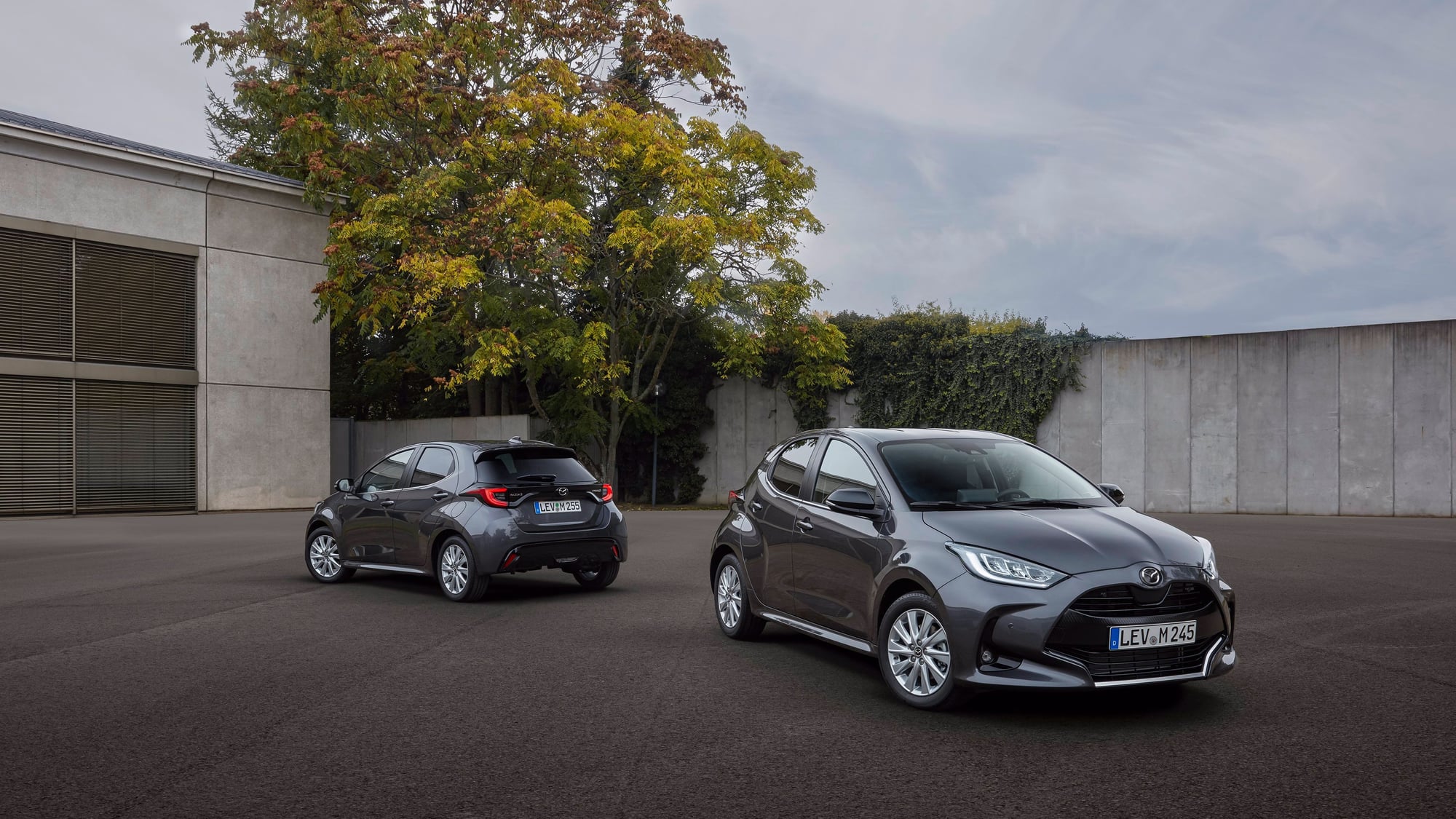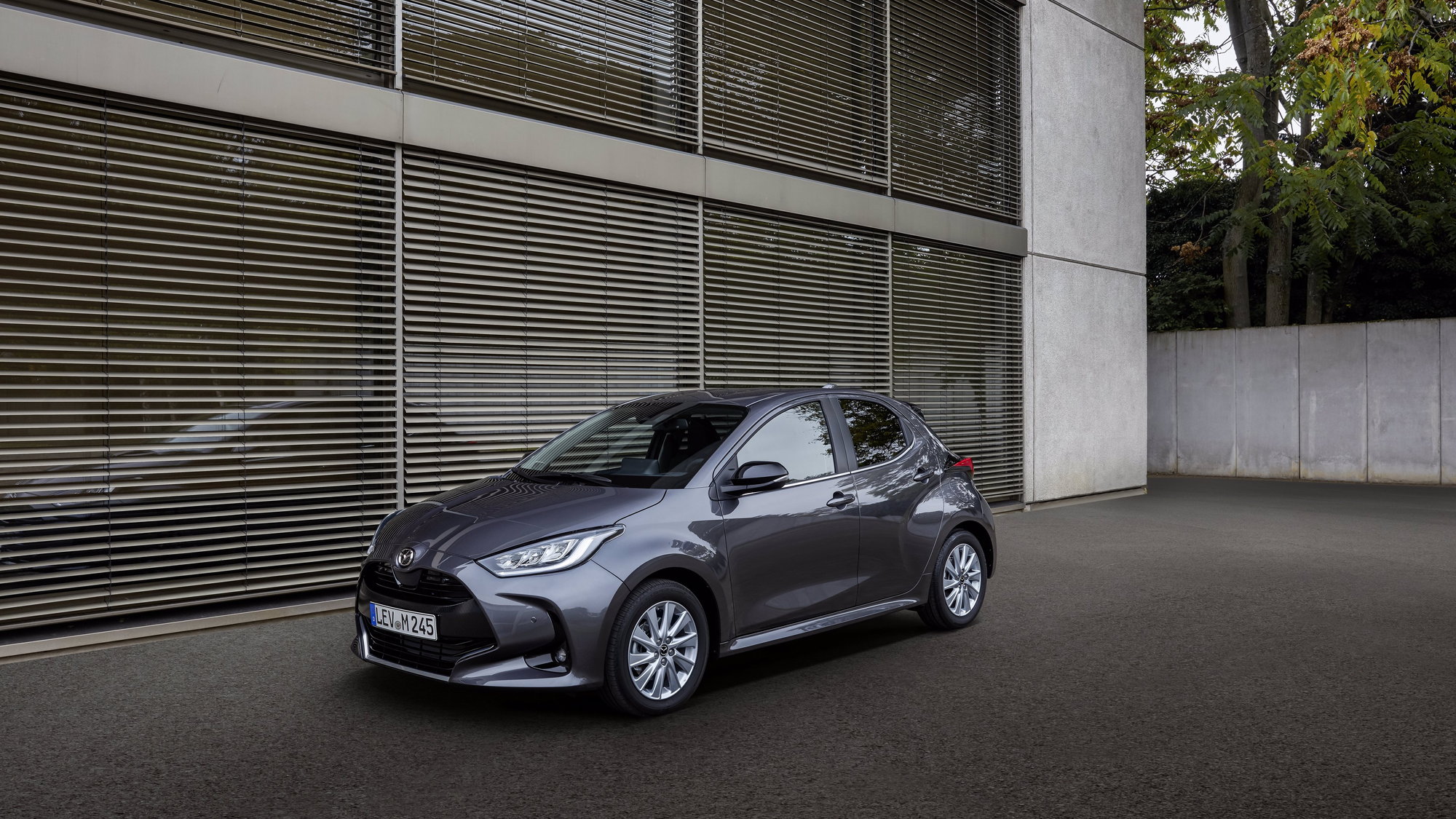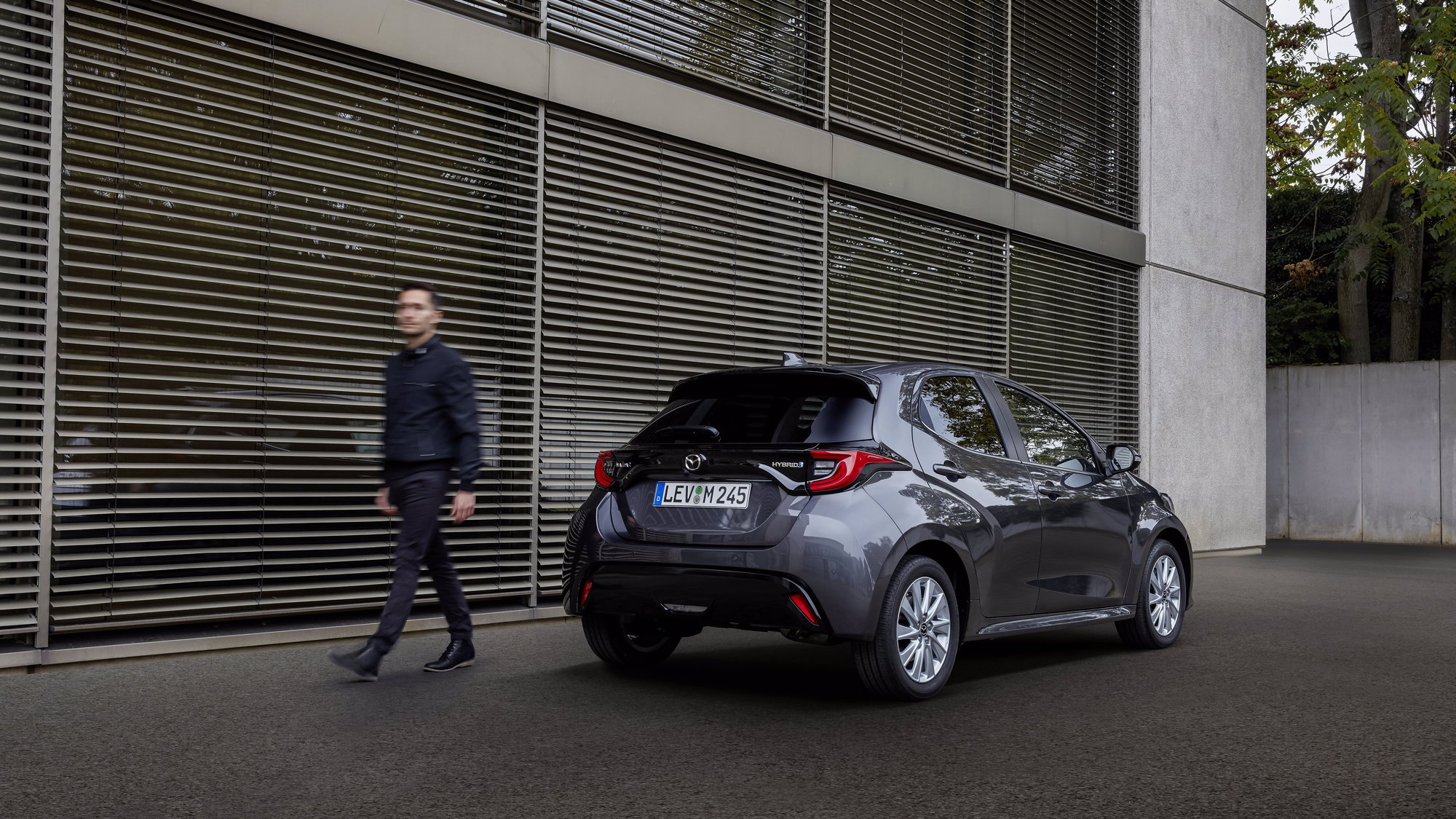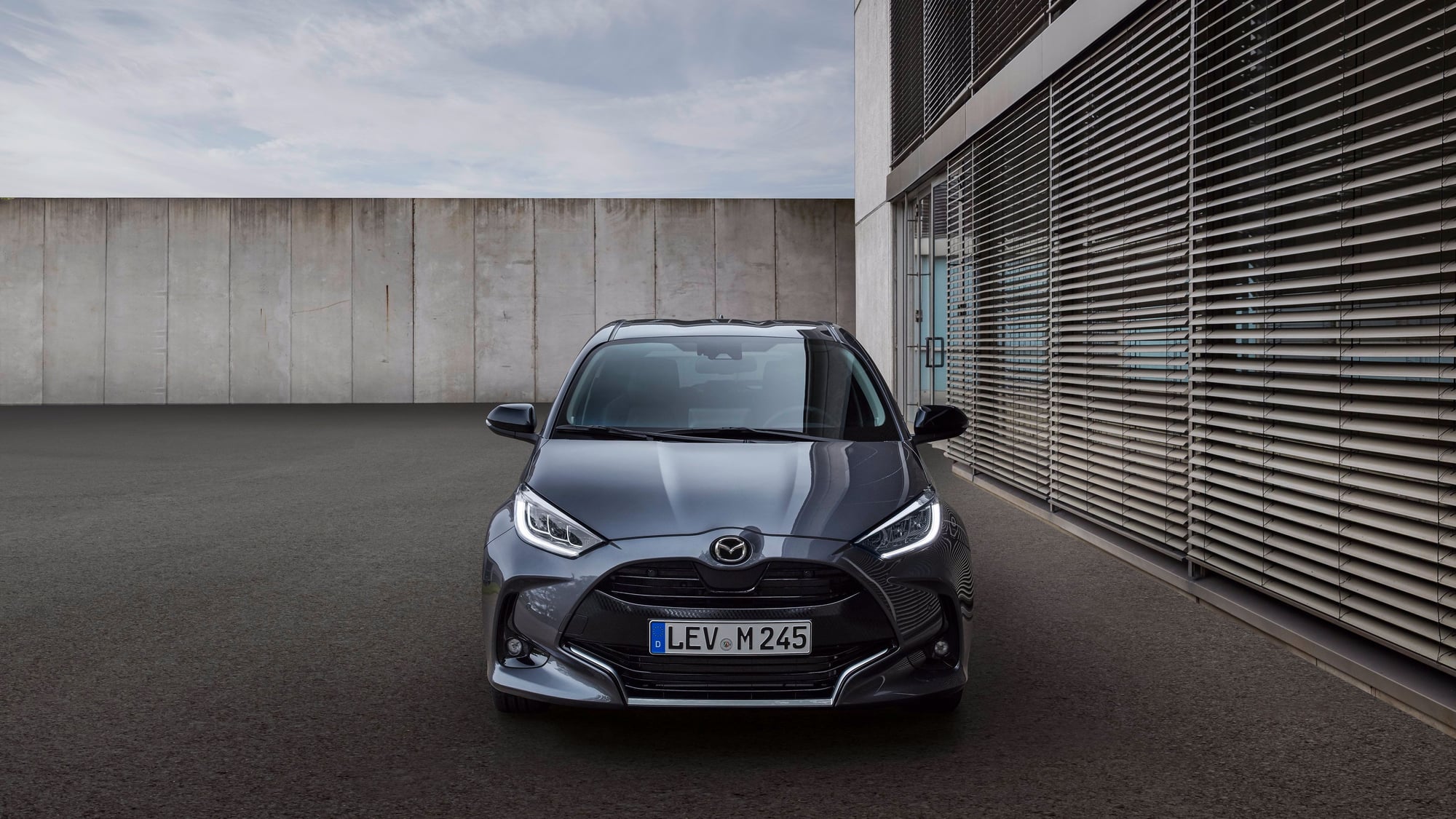Mazda this past week revealed a hybrid version of its Mazda 2 hatchback for Europe, with what’s under the hood billed as “full self-charging.”
Confused? What the Mazda 2 Hybrid has is an application of Toyota’s familiar hybrid system, as already offered in the closely related Yaris Hybrid—neither of which are currently offered in the U.S.
The “full self-charging” descriptor is likely going to cause misunderstandings at multiple levels, and it’s not a new issue. Firstly, it sounds like a nod to Tesla’s controversial “full self-driving” driver-assistance feature set. Secondly, it’s a marketing tactic that Toyota and Lexus have already tried in Europe and throughout the region, to much scorn from EV fans and consumer groups.
Additionally, the term potentially makes it sound like the companies are hawking a sort of perpetual motion machine, or that it involves solar cells or inductive charging, which isn’t the case. It’s led even savvy shoppers to do a double-take and wondering what they’re missing versus typical full-hybrid tech, which Toyota has offered for more than 20 years.
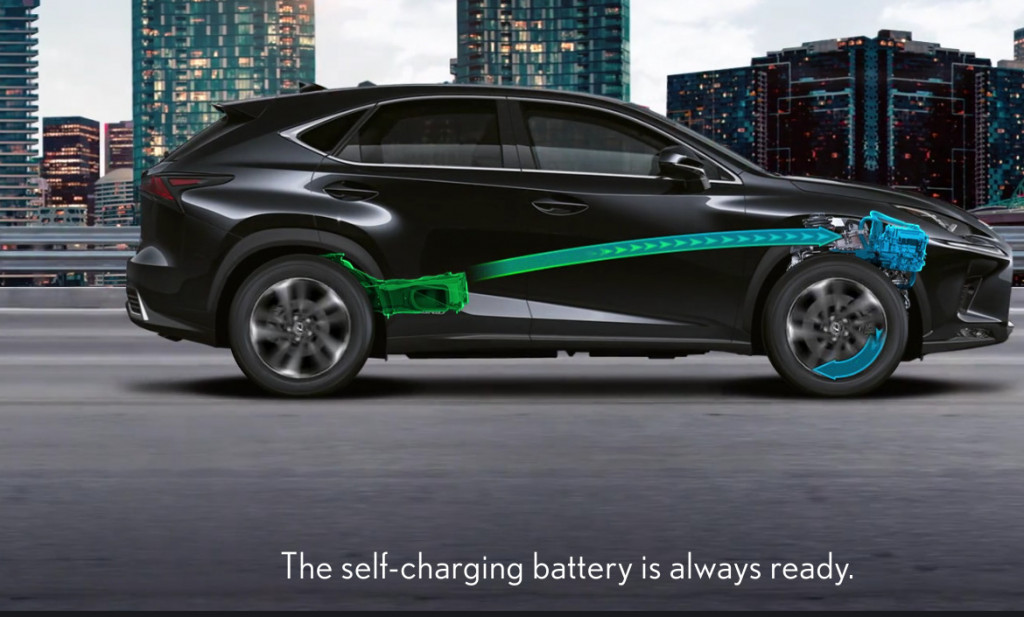
Lexus NX self-charging hybrid - Norway consumer site - January 2020
In late 2019, the national Consumer Authority in EV-savvy Norway stepped in about Lexus’ campaigns using similar language and found it misleading that associated marketing essentially described the electricity as free, when it costs money—at the gas pump. After modifying its language to remove that, Lexus continues to use “self-charging hybrid” prominently on its UK and European sites, but in the U.S. it appears to have retired the “always charged” slogan it was using—perhaps with the pending arrival of the NX 450h plug-in hybrid.
In this case, the Mazda 2 incorporates a 1.5-liter inline-3 gasoline engine, with a 79-hp (59-kw) electric motor as part of Toyota’s planetary-based hybrid system, to make a combined 114 hp.

Mazda 2 Hybrid (Euro spec)
“Battery power level is constantly managed via an engine-driven generator to remove any need to recharge the system from an external source,” Mazda says, farther down in the release, cleverly avoiding references to free electricity.
While we know plug-in vehicles are desirable, we hope Mazda, Lexus, or others never bring this to the U.S. It’s a confusing piece of marketing spin to be putting on vehicles when a surprising portion of consumers are already having enough of a hard time picking out the difference between three kinds of “electrified” vehicles—hybrids, plug-in hybrids, and battery electric models. In a recent presentation, Michael Tripp, Toyota North America VP for marketing and communications, referred to its own 2021 BEV Awareness Survey, which found 75% of customers either think hybrids need to be plugged in, or aren’t sure—enough of a challenge as it positions its Prime plug-in hybrids alongside other hybrids.
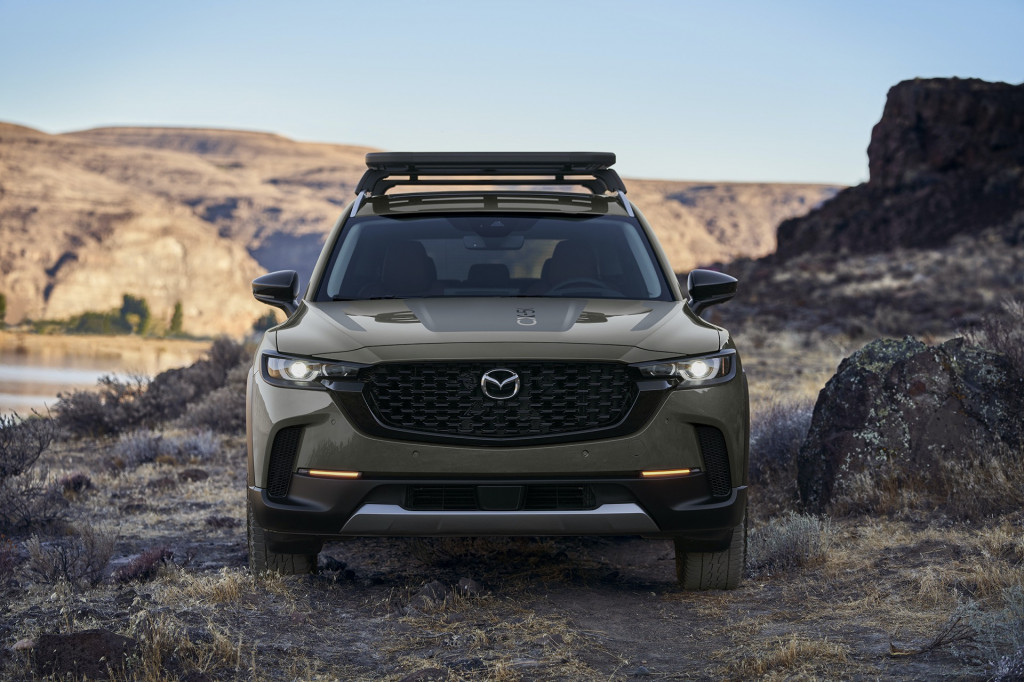
2023 Mazda CX-50
For now all this self-charging messaging is focused on Europe. To its credit, Mazda in the U.S. has been calling out its vehicle types clearly—the upcoming MX-30 as “a series plug-in hybrid with a rotary generator,” for instance. Mazda has hybrids on the way for the U.S., including a hybrid version of its new CX-50. Let’s hope they choose to save the charging talk for the cars that do need to be plugged in.

